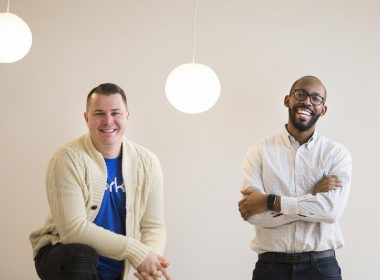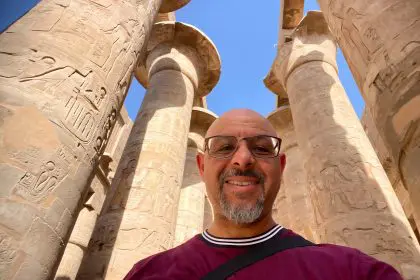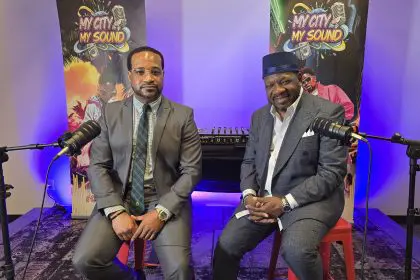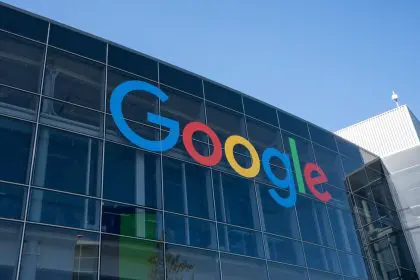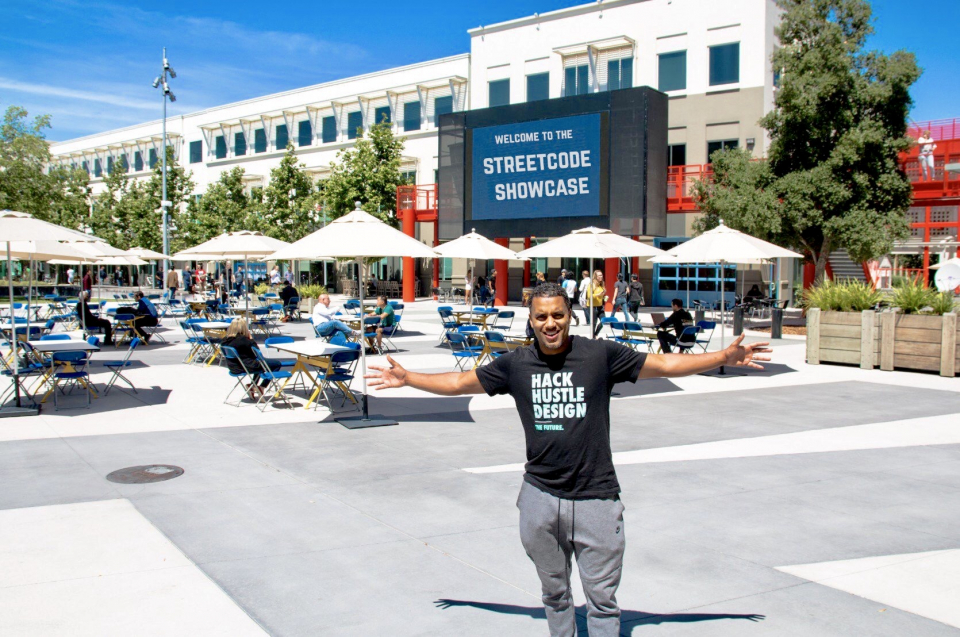
Silicon Valley is home to companies that have come to define the technology of the 21st century. After tech-focused entrepreneurs moved out west to California for more space as well as the ability to collaborate with other enterprises that harnessed the power of technology to improve the world, the next two decades saw the rapid growth of several tech companies and the creation of an immense amount of wealth in the industry. This boom occurred rapidly in the late ’90s and early ‘2000s, and after the economic fallout from the “dot-com bust” right at the turn of the 21st century, the action in Silicon Valley started to become associated not only with amazing technological advancement, but also with the immense amount of wealth and room for entry available in a burgeoning industry.
Unfortunately, as Silicon Valley continued to take shape and became home to the headquarters of billion dollar enterprises like Google and Microsoft, the wealth coming to the area fanned out to other parts of southern California, but only in select areas. The city of Palo Alto is home to Stanford University as well as the headquarters of businesses like Hewlett-Packard and Tesla Motors, but just a stone’s throw away, the majority minority community of East Palo Alto has come to see very little of this economic growth and still struggles to give children the adequate tools to go on and also one day become a part of Silicon Valley.
Enter StreetCode Academy, whose sole mission is to remove this disparity. Tunde Sobomehin, the organization’s CEO, and all of the senior team members at StreetCode have been in the East Palo Alto area for several years and have now dedicated themselves to developing programs and initiatives that will allow minority youth to curate their own interests in technology and entrepreneurship.
Recently, rolling out interviewed Sobomehin so he could tell us about the background and vision of StreetCode Academy.
Can you tell us a bit about what StreetCode Academy actually is?
StreetCode Academy aims to empower our community right here in East Palo Alto, and eventually throughout the world. Connecting folks, traditionally disconnected ones, with the world of technology through 3 primary areas: hack, being the coding, hustle, being the entrepreneurship, and design being the creativity. We offer free classes in each of those areas, and again, we’re trying to increase jobs and entrepreneurship and overall empowerment.
Where did the original idea come from to start StreetCode Academy?
So the original idea came from the fact that, you know, I personally have worked in this small community in Silicon Valley called East Palo Alto for the last 15 years. And there is an enormous amount of talent, extremely rich culture — I got here when I came to school, and just saw the enormous amount of talent here. It’s a majority minority community, so you have African Americans, Polynesians, Latinos, and it’s surrounded by what we classify most often as Silicon Valley. And two tech booms have happened since I’ve been here, and both of those tech booms sort of passed over the talent that exists. And there was a group of us that were trying to figure out “Well, how do you connect the potential that exists around this community of color?” And it’s a self-governed community of color, it’s an independent community of color, it’s a strong, cultured community of color — how do you connect that with Silicon Valley? And at the same time, for almost three straight years, the biggest story coming out of Silicon Valley was the lack of diversity, the lack of ethnic minorities, lack of women being involved. And so, those two realities need to converge, and StreetCode Academy is going to be that bridge. It is going to help, you know, connect the talent that exists in this small community of East Palo Alto with the surrounding area, and it is going to really uplift technology companies with the diversity and talent that they’ve needed.
That’s very powerful. And the fact you’ve seen for 15 years what the industry has really needed … I can imagine that’s given you a pretty powerful perspective into the actual issues facing these two communities.
Absolutely, and I’ll give you one story. You know, I’m a sophomore at Stanford University, and at the time, there were classmates of mine that were leaving Stanford to participate in the first tech boom to create startups and to go on their journeys. And I was coming from Portland, Oregon. I wanted essentially to be a civil rights [contributor], you know, engage with civil rights. So I was like: “What’s going on? Why is Stanford only concerned, as an institution, with the economic benefits of technology, when you have social issues that can be addressed through technology?” And so, at that time, there was a group of friends of mine who created something called STEP UP — Students using Technology to Empower People through United Progress. And its first vision was to take formerly incarcerated youth and give them tech tools to be able to participate in the new jobs. And so, I’m just speaking to the fact that this is a 15-year pattern that is happening, where technology could be a tool for our uplifting to solve social issues, to get at economic empowerment, to create new opportunities and new innovations. And now is the best time as ever to engage in this… I think the world is open. I know there is interest around the world. All your viewers – I know, along with other people around, are interested in how we can use technology to uplift ourselves. How we can use technology as a means for our own upward mobility economically, to solve our own problems, to innovate and contribute. And so I can’t wait until we start meeting the demand of our people out there who want to use technology to do those things.
Who else was behind starting StreetCode Academy?
We have a team of staff that are really diverse and really committed, and now, we’ve really been able to partner with a lot of great tech companies, including where I am now, where our programs are hosted at Facebook — the room I’m speaking to you now is where he hosted our summer program, and it’s a building within the Facebook Headquarters. And so our students get to not only experience what it is to be involved in what technology has to offer — a lot of the perks, a lot of the big thinking, a lot of the scale that comes along with these tech companies — you get that perspective also; we get to influence it. We get to show them how we see innovation, how we see the best learning environments, how we get inspired to create. And that’s a great win for both parties, so we have, you know, Facebook in that area, we have Airbnb who has contributed to us, we’ve had Google engineers come. So we’ve been able to pull a lot of engineers from the surrounding area to come and be mentors, and we have our student base come primarily from East Palo Alto and other communities of color around here.
What kind of things have students created and shown off? Were they videos games, different kinds of computer programs and applications?
Great question. Like I said, we have classes in three areas. “Hack, Hustle, Design” is our curriculum structure — hack being coding, hustle being entrepreneurship, and design being creativity. And I’ll give you a project from each of the three areas. With “Hack,” you have everything from iOS apps to game design, to what we call intro coding, to what we call advanced coding in Python. And one example of a project was a young man, 8 years old, who had really learned JavaScript to create three games and he showcased one of his games there. In “Hustle,” we had a lot of entrepreneurship. We had one 12-year-old kid who created a company called Kids Teaching Kids — it’s a video platform where kids could present on things that they’re an expert in, and other kids could learn from them. And so it was a way to not only empower kids and showcase their talent but allow other kids to learn from them in an area that feels good. So that was another example, and then “Design,” was around maker space. We had one student whose family had experienced an amputation, and they were unable to purchase a mechanical arm, and so he made one, where his goal was to make a low-cost example. And during this 20-week program, we actually created a prototype for this robotic arm. Those are three examples of what we showcased.






